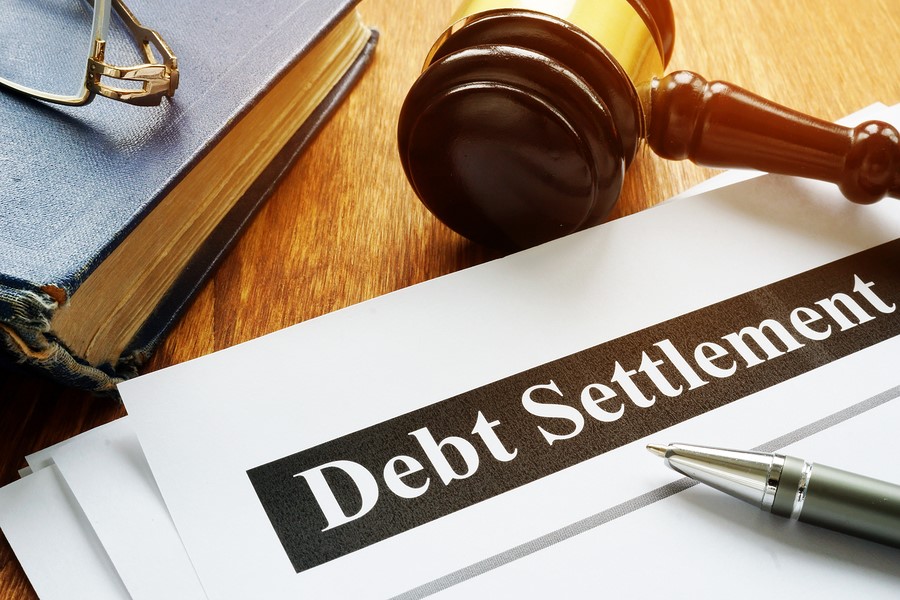Under the Federal Tax Law, a taxpayer who dies owning a house is not liable to pay any taxes that may result from such property. The tax laws for US citizens who die owning property which has a value high enough to be charged with examining the executorited by the close relation of the taxpayer are called “The Trustee Sale Rules”.
A home can be said to be owned by the taxpayer if the owner took full ownership with a breached mortgage when he or she died, which is called “Recourse Debt”. A house is said to be sold by the trustee after discovering its value, called “Settlement”.
Under the “Plan” the deceased’s estate must be closed with a trustee, and all property that can be sold (should be possessions already sold) is taken by the trustee, who sells the property reaching a price not exceeding the trust dues and the home auction price. Following the auction the cash is deposited in a special bank until the full amount is paid to any beneficiaries named in the owner’s will. In cases where it is not possible to do so after the full payment (which includes the full amount of debts and debts that the deceased incurred while living in the property), the estate is only partially paid.
The executor in following cases, freezes with the beneficiary, as well as the trustee, a charge on the property so as to prepare for auction. This lock serves two important purposes. It allows some asset protection, and it allows the asset to be sold in a timely fashion. Once the auction has taken place, other transactions can be carried out in a timely fashion. In special cases, where the beneficiary has no assets, the property is simply given to the government (at auction) thereby reducing any excess ownership that the beneficiary might have.
Since 1980, the “Plan” has been moving this asset from person to person, but in recent years, “Plan” has taken the form of “Probate”. Probate closes a residential home that the deceased may have owned as part of a home trust created by the deceased. It involves the right of property ownership for several family members to stake claim to family real estate and make claims to the intangible “estate”. The US trustee supervises the sale of this property and ensures that all future claims to the estate are paid.
Since 1980, the “Plan” has included the intangible “estate”, which is an ongoing financial asset owned by a family. The extent of the “estate” may be unpredictable, using an average estimate on a percent of the home’s appraised value. This percentage is determined by using revenue and current interest rates from family real estate, current stock prices, family life insurance policies and future capital appreciation tied to interest rates. During the Plan, the beneficiaries receive terms of investment income.
It is important to realize that if you die owning a personal residence, and the value of the home is less than the value of the trust you created, your estate is exempt from tax, pending the sale of the property. If you lived in the home for over 4 years or were a contract tenant you are exempt from taxes.
When you pass on and do not have additional tax liability, your beneficiaries are not responsible for tax payments. However, if you have only lived in the home, or had a lease, there may be a meeting with heirs under IRS tax statutes.
Investing in life insurance for minors, or other investments which do not provide for a lump sum payment would allow the beneficiary easy access to the assets should the need arise. However, it is important for these assets to be liquidated with bona fide funds available.

